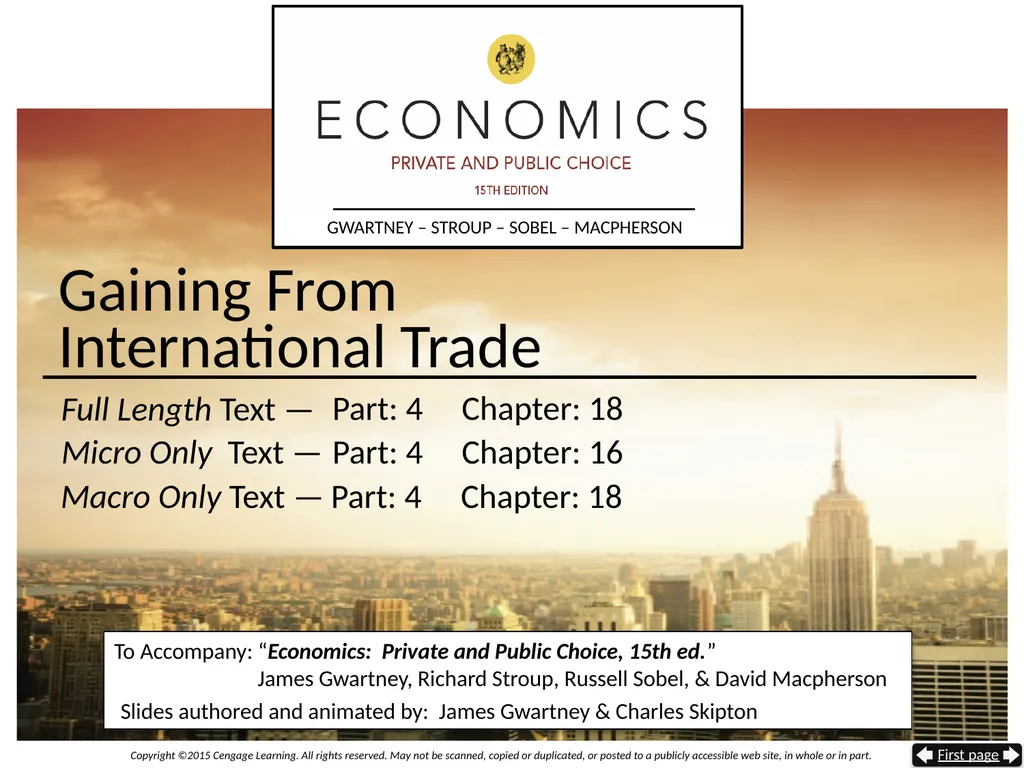
Gaining From International Trade The Trade Sector
Author: min-jolicoeur | Published: 2025-05-24
Description: Gaining From International Trade The Trade Sector of the United States The Growth of the U.S. Trade Sector As is shown here, both exports imports have grown substantially as a share of the U.S. economy during the last several decades.
Download Presentation
Download the PPT/PDF: Download
Transcript:
Loading transcript…